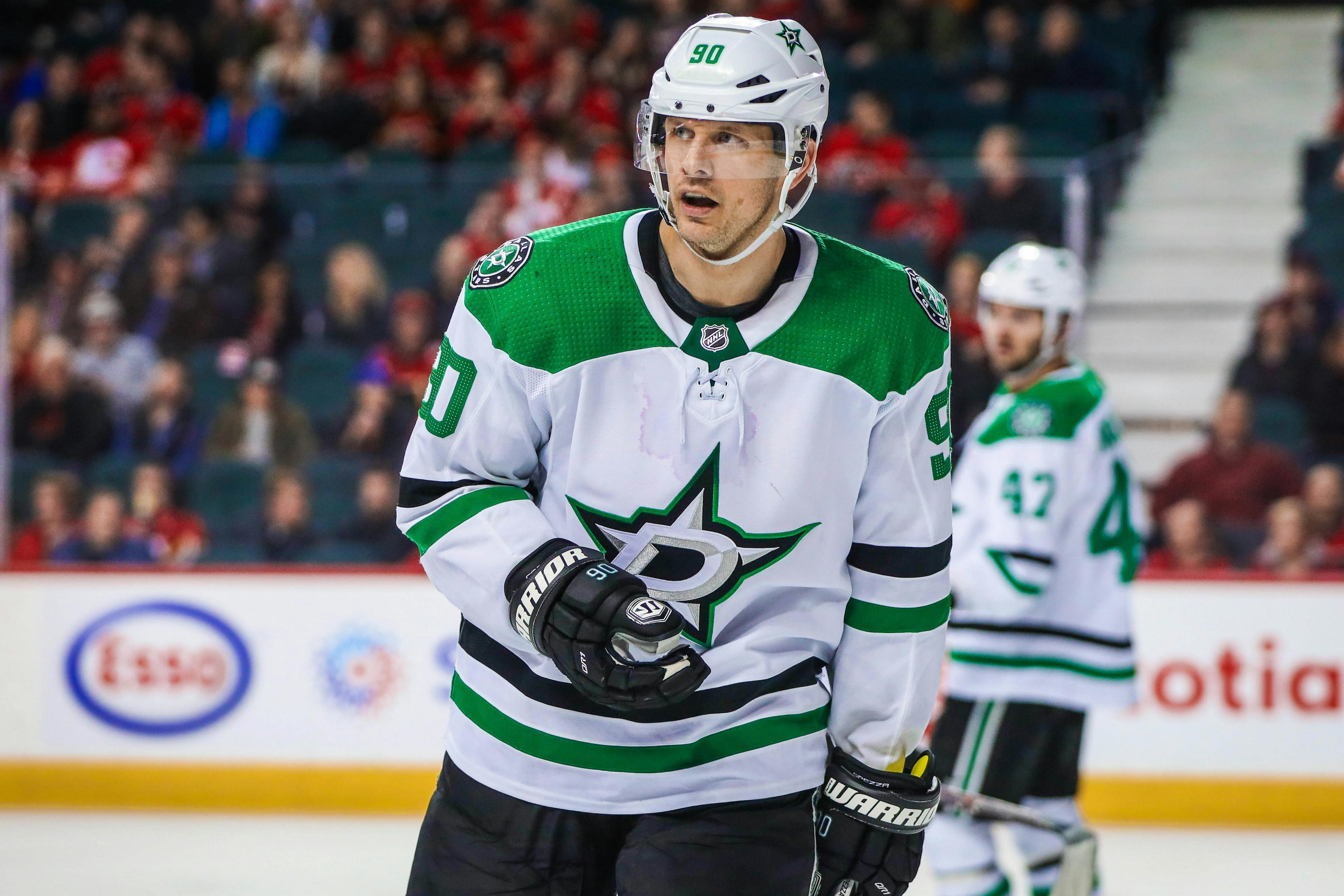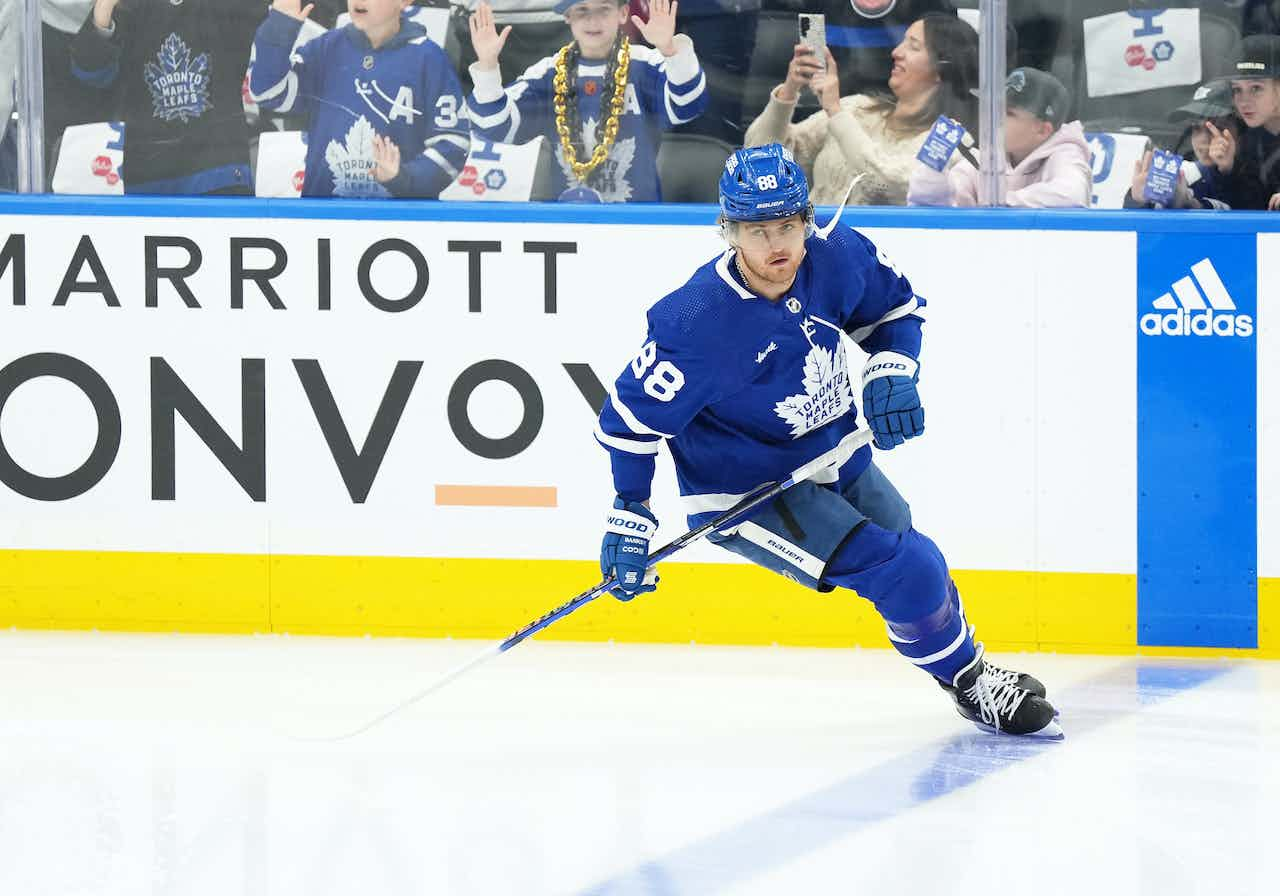The Almost Million Dollar Men: Part One

This is part one of the three-part series, “The Almost Million Dollar Men”
In an off-season dominated by chatter surrounding highly paid Free Agents, both Restricted and Unrestricted, there are a group of players who have been underrepresented. These are the players who make less than $1 million per season, and it’s easy to see why people don’t spend much time considering them.
This season, any player who makes less than $1,075,000 can be loaned to the minors without leaving any impact on their NHL club’s salary cap. Players in this category typically bounce around from team to team before they have a respectable season and stick with one organization.
On top of that, there is a lot of uncertainty as to whether or not they play a single NHL game for their team, since a bad performance at training camp could mean waivers, and waivers could mean that the player packs their bags and heads to another NHL city.
I want to reiterate that point early in this article; that training camp performance could drastically change expectations for every player on this list.
So, why should you read an article about the least valuable (in dollars) players on the Toronto Maple Leafs?
Well, besides from the fact that the deployment of top-nine forwards and top-four defencemen has been discussed ad-nauseam, those players are a known quantity. Whether they played for the Leafs last year or not, players in the top portion of the lineup are slotted in there for a reason. They’ve earned their reputation over a large enough sample size that we can estimate their effectiveness with some degree of certainty, and that’s why they’ve earned big paycheques.
Players making near league minimum are looking to prove themselves, prove they are NHL calibre, and prove that they can make an impact on a contending team.
With a hard cap, every club does its best to use its space efficiently. This has undeniably led to league parity, so much so that contenders cannot have a clear edge on star power alone. The last of the sixteen wins needed in the playoffs are decided by depth.
So, it’s time we take a deeper look at where those wins come from; the margins.
Who is Going to Play on the 4th Line?
I’d tell you if I could. But the truth is, I don’t know. Nobody, not even Mike Babcock knows that yet.
What we can do is look at the small hints that management has left behind when acquiring a player. For example, if that player signed with the Leafs as a free agent, there are a couple of things to look at. Obviously the more they signed for, the more valuable they are, but a team doesn’t sign a depth player to a two-year deal if they don’t see upside in them.
Maple Leafs Sports & Entertainment has wealth that no NHL team could ever hope to spend. If they sign a player to a two-way contract, it’s safe to assume they’re uncertain that player will crack the roster on opening night.
I want to make two quick notes on that thought.
First: a two-way contract has nothing to do with waiver eligibility. It’s simply a distinction that they have different wages for time on the NHL and AHL roster. Second: all Entry-Level Contracts are automatically two-way. So, for a player like Ilya Mikheyev, there are no conclusions to draw from the two-way status of his one year ELC.
Speaking of Mikheyev, management, coaches, and his agent all think very highly of him. With Zach Hyman injured to start the season, Mikheyev and Trevor Moore will likely compete for top-six minutes on the left side, therein rounding out the top-nine.
I can’t predict who will be on the 4th line, but I can tell you where the signs point.
One Year, One way – UFA Expiry
Jason Spezza
2019-20 Cap Hit: $700k
If Alex Kerfoot is playing 3C, Spezza is likely the 4C.
While he’s spent time at RW in Dallas, Spezza talked about his faceoff ability when he discussed his meeting with Mike Babcock earlier this summer. Spezza also mentioned there were other teams in the running for him, and even at 36 years old, his back to back 25+ point seasons shows he can provide value.
Spezza likely took a discount to play in his hometown, and it’s unlikely he did so to sit in the press box. He could take the position in the right circle on PP2, a valuable utility.
Nick Shore
2019-20 Cap Hit: $750k
Shore probably inked his one-year KHL deal with sights set on a 2019-20 return to the NHL, opting for guaranteed money in Russia over a two-way NHL deal. He wasn’t a player who was forced out of the NHL, strong possession numbers and 53 points in 236 NHL games proved that.
Shore has played most of his career at C, so it would be conceivable that he’d be pencilled in at 5C, otherwise known as an extra centre. More likely though, he rotates in for some games on either wing. Babcock prefers to have multiple players who can take draws on every line.
Shore has averaged 1:11 of PK time per game in his career. Worth noting he got slightly more than league minimum on a cap-strapped team.
Garrett Wilson
2019-20 Cap Hit: $725k
Also earning just over $700k, Wilson spent most of last season with the Pittsburgh Penguins, returning mediocre results. Wilson will be good competition at training camp, but there are no clear indications that he won’t be on waivers in September.
Martin Marincin
2019-20 Cap Hit: $700k
Marincin is the proper size for an NHL defenceman, the organization knows him well, and he can provide depth. Marincin also plays extraordinarily well in the AHL. Frankly, the lankly defender will probably look good on the Marlies.
Justin Holl
2019-20 Cap Hit: $675k
Holl’s biggest attraction is that his cap hit evens out at less than the league minimum. Also, he’s right-handed.
The 27-year-old is probably too good for the AHL at this point but he doesn’t move the needle much in the show. A true Kyle Dubas signing, the familiarity Holl has with the organization in his fifth year may land him a spot in the press box. When he signed a two-year, league-minimum deal beginning in 2018-19, it was clear that Dubas saw him as a depth piece on the right side in the final year of the deal.
Holl’s play last year didn’t exactly cement a spot on the roster, but keep in mind that he has never been on waivers before.
Kevin Gravel
2019-20 Cap Hit: $700k
Gravel seemed to be a late bloomer, but has gotten into over 100 NHL games between Edmonton and Los Angeles. He’s been a positive possession player in small samples, so he may get an extended look at training camp to win the 7D spot.
Gravel’s freshly signed one-way deal shows that he expects an opportunity to make the opening night roster.
Michael Hutchinson
2019-20 Cap Hit: $700k
While the Leafs did trade for and then extend Hutchinson, his most marketable facet is that he is not Garret Sparks. Hutchinson’s only job is to be better than Michal Neuvirth in training camp, with the alternative being waivers.
Conclusions
The Leafs have no control over these players come July 1, 2020, so the goal is to use them in any way necessary to help the team. If they can’t do that, there is simply no spot on the roster for them. In turn, these players are highly motivated to earn another contract, so they’ll adapt to whatever role they can.
My best guess is Spezza at 4C and PP2; Shore 5C and PK depth; Gravel 7D; the rest inconsequential and the ones who survive waivers will boost the Marlies.
Recent articles from Earl Schwartz





